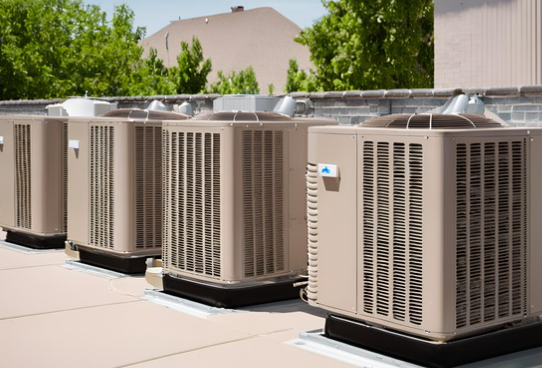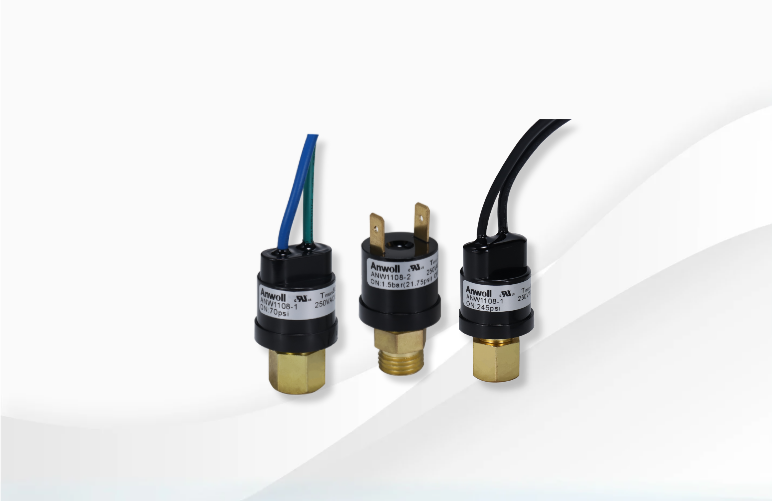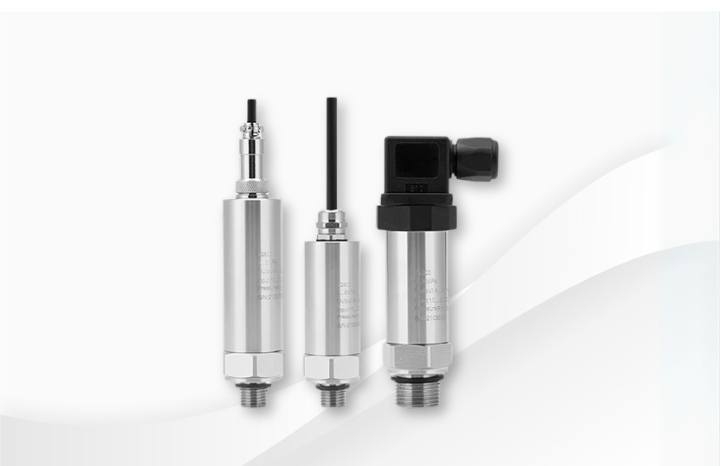Troubleshooting Guide: Solving No Signal Output from Pressure Transmitters

Opinion | Feb. 19th, 2025
Joshua Matthew Williams
Pressure Product Line Manager
Pressure transmitters are vital in industries like oil and gas, converting physical pressure into electrical signals for control systems. A common issue is the absence of a signal output. Here’s a concise guide to diagnose and fix this problem.
Understanding Pressure Transmitters
Pressure transmitters have a sensing element (diaphragm or Bourdon tube) that detects pressure changes and an electronic circuit board that converts this into an electrical signal.
Common Causes of No Signal Output
1. Power Supply Issues
– Faulty power source or incorrect wiring can lead to no signal output.
2. Wiring Problems
– Loose, corroded connections, or broken wires can disrupt signal transmission.
3. Internal Circuit Failure
– Wear, environmental factors, or defects can cause internal component failures.
4. Sensor Malfunction
– Damaged or contaminated sensors can fail to detect pressure accurately.
5. Configuration Errors
– Incorrect setup parameters can result in no signal output.
Step-by-Step Troubleshooting
Step 1: Check Power Supply
– Measure Voltage:Use a multimeter to ensure the voltage at the transmitter’s power terminals matches the manufacturer’s specifications.
– Inspect Power Source:Ensure the power supply unit is functioning correctly. Replace batteries if used.
– Examine Power Wiring:Check for secure and undamaged connections.
Step 2: Inspect Wiring and Connections
– Visual Check:Look for wear, cuts, or loose connections in all wiring.
– Continuity Test:Use a multimeter to check for breaks or poor connections in signal and power wires.
– Tighten Connections:Ensure wire nuts and terminals are tightly secured and free from corrosion.
Step 3: Assess Internal Circuitry
-Reset Transmitter:Try resetting the device if it has a reset feature.
-Swap Transmitter:If possible, swap with a known working transmitter to identify if the issue is with the transmitter itself.
– Professional Help:If issues persist, consult a professional service center.
Step 4: Evaluate Sensor Condition
– Inspect Sensing Element:Open the housing and check for damage or contamination.
– Clean Sensor:Gently clean if contaminated, using recommended cleaning solutions.
– Replace Sensor:If damaged, get a replacement part and install it according to the manufacturer’s instructions.
Step 5: Review Configuration Settings
– Access Setup Menu:Use the programming interface to access settings.
– Check Range and Output:Ensure pressure range and output type match application requirements.
– Enable Output Function:Verify the output function is enabled and set correctly.
Preventive Maintenance Tips
– Regular Calibration:Schedule periodic checks to maintain accuracy.
– Environmental Protection:Use protective housings against harsh environments.
– Routine Inspections:Conduct regular visual and functional tests.
– Training:Educate personnel on proper handling and maintenance practices.
Conclusion
No signal output from pressure transmitters can disrupt operations. By following these steps—checking power supply, inspecting wiring, assessing internal circuitry, evaluating sensor condition, and reviewing configuration settings—operators can effectively diagnose and resolve the issue. Coupled with preventive maintenance, these measures ensure reliable transmitter performance and maintain process efficiency and safety across industries.
Anwoll pressure transmitter
Anwoll is a leading developer of pressure measurement and applications, with a mature series of pressure transmitters suitable for daily and cutting-edge applications.
If you would like to learn more about our pressure transmitters, please contact us directly.





